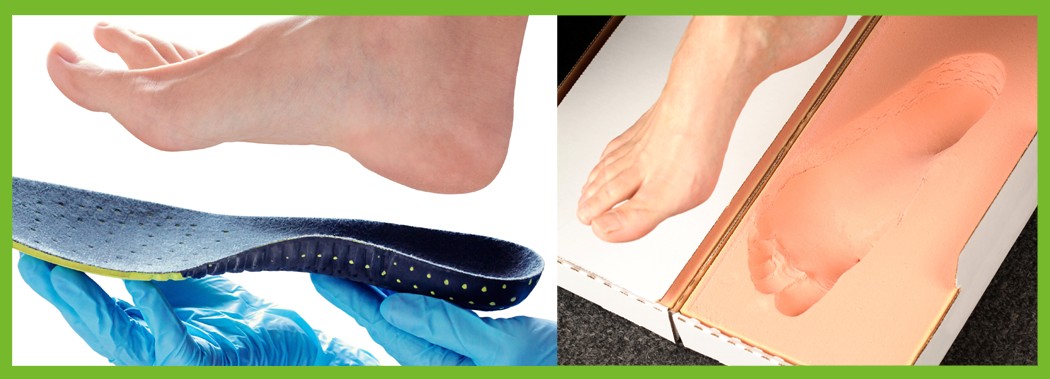Physiotherapy in Kitchener for Baseball
Shoulder, arm, and elbow injuries are common among young pitchers. And the number of youth affected is rising every year. This has caught the attention of parents, coaches, and sports medicine experts.
Risk factors for pitching injuries include number of pitches over time, type of pitches, pitching mechanics, and physical condition of the athlete. In this study, three type of pitches are compared: fastballs, curveballs, and change-ups.
It's generally thought that the kinetics (joint force and torque) of these three pitches are very different. The results of this study helped shed some light on this subject.
Youth baseball pitchers between the ages of nine and 15 were included. Everyone threw five pitches of each type of ball release. The pitches were done in an indoor laboratory so that each arm motion and timing could be video taped, measured, and analyzed. Ball velocity was recorded. Stride length, forearm action, and wrist release were studied.
The results showed very different kinetics among the three pitches. The fastball put the greatest load on the shoulder and elbow. The changeup had the least force, load, and torque. The curveball had the greatest wrist torque but it was low overall and not a major concern. The change-up produced the least amount of impact on trunk motion and position.
In general, curveballs are not more injury-producing than fastballs. The changeup is the least harmful pitch. It appears that the number of pitches is still a bigger risk factor than the type of pitches thrown. Repetitive forces during the pitching motion increase the risk of injury. Total pitch volume throughout the season must be considered (practices and games).
Reference: Shouchen Dun, MS, et al. A Biomechanical Comparison of Youth Baseball Ptches. Is the Curveball Potentially Harmful? In The American Journal of Sports Medicine. April 2008. Vol. 36. No. 4. Pp. 686-692.








